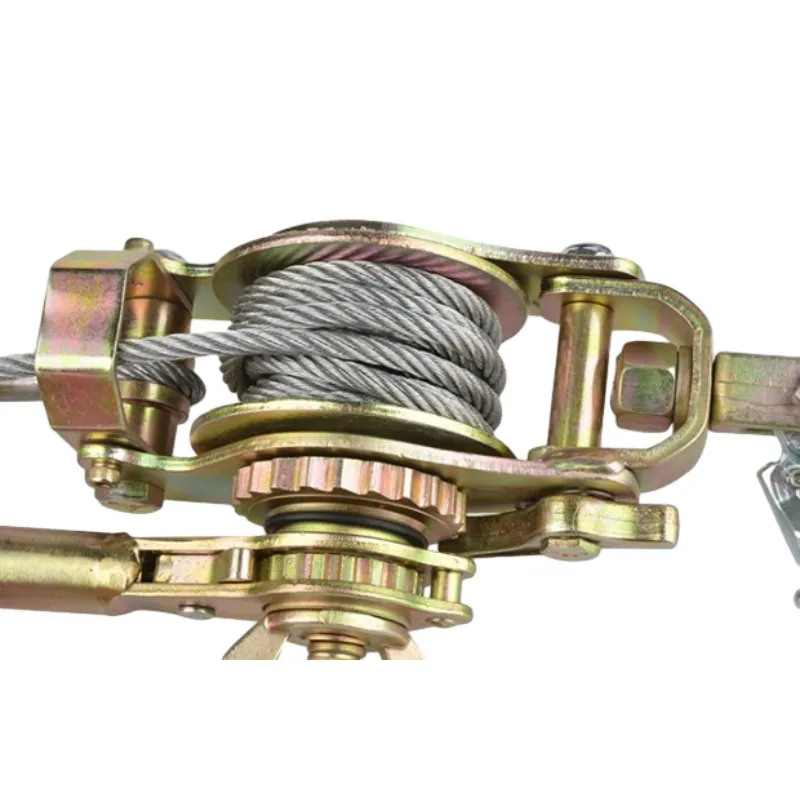
-
 Afrikaans
Afrikaans -
 Albanian
Albanian -
 Amharic
Amharic -
 Arabic
Arabic -
 Armenian
Armenian -
 Azerbaijani
Azerbaijani -
 Basque
Basque -
 Belarusian
Belarusian -
 Bengali
Bengali -
 Bosnian
Bosnian -
 Bulgarian
Bulgarian -
 Catalan
Catalan -
 Cebuano
Cebuano -
 Corsican
Corsican -
 Croatian
Croatian -
 Czech
Czech -
 Danish
Danish -
 Dutch
Dutch -
 English
English -
 Esperanto
Esperanto -
 Estonian
Estonian -
 Finnish
Finnish -
 French
French -
 Frisian
Frisian -
 Galician
Galician -
 Georgian
Georgian -
 German
German -
 Greek
Greek -
 Gujarati
Gujarati -
 Haitian Creole
Haitian Creole -
 hausa
hausa -
 hawaiian
hawaiian -
 Hebrew
Hebrew -
 Hindi
Hindi -
 Miao
Miao -
 Hungarian
Hungarian -
 Icelandic
Icelandic -
 igbo
igbo -
 Indonesian
Indonesian -
 irish
irish -
 Italian
Italian -
 Japanese
Japanese -
 Javanese
Javanese -
 Kannada
Kannada -
 kazakh
kazakh -
 Khmer
Khmer -
 Rwandese
Rwandese -
 Korean
Korean -
 Kurdish
Kurdish -
 Kyrgyz
Kyrgyz -
 Lao
Lao -
 Latin
Latin -
 Latvian
Latvian -
 Lithuanian
Lithuanian -
 Luxembourgish
Luxembourgish -
 Macedonian
Macedonian -
 Malgashi
Malgashi -
 Malay
Malay -
 Malayalam
Malayalam -
 Maltese
Maltese -
 Maori
Maori -
 Marathi
Marathi -
 Mongolian
Mongolian -
 Myanmar
Myanmar -
 Nepali
Nepali -
 Norwegian
Norwegian -
 Norwegian
Norwegian -
 Occitan
Occitan -
 Pashto
Pashto -
 Persian
Persian -
 Polish
Polish -
 Portuguese
Portuguese -
 Punjabi
Punjabi -
 Romanian
Romanian -
 Russian
Russian -
 Samoan
Samoan -
 Scottish Gaelic
Scottish Gaelic -
 Serbian
Serbian -
 Sesotho
Sesotho -
 Shona
Shona -
 Sindhi
Sindhi -
 Sinhala
Sinhala -
 Slovak
Slovak -
 Slovenian
Slovenian -
 Somali
Somali -
 Spanish
Spanish -
 Sundanese
Sundanese -
 Swahili
Swahili -
 Swedish
Swedish -
 Tagalog
Tagalog -
 Tajik
Tajik -
 Tamil
Tamil -
 Tatar
Tatar -
 Telugu
Telugu -
 Thai
Thai -
 Turkish
Turkish -
 Turkmen
Turkmen -
 Ukrainian
Ukrainian -
 Urdu
Urdu -
 Uighur
Uighur -
 Uzbek
Uzbek -
 Vietnamese
Vietnamese -
 Welsh
Welsh -
 Bantu
Bantu -
 Yiddish
Yiddish -
 Yoruba
Yoruba -
 Zulu
Zulu


ನವೆಂ . 21, 2024 20:24 Back to list
ground rod required for portable generator
Understanding Ground Rod Requirements for Portable Generators
Portable generators are essential tools for providing backup power in emergencies, outdoor events, and construction sites. However, to ensure safe and efficient operation, it is crucial to understand the grounding requirements, particularly the need for a grounding rod. Grounding a portable generator protects both the equipment and users from electrical hazards, including shocks and short circuits.
The Importance of Grounding
Grounding a generator connects it to the earth, which serves several important purposes. First, it helps dissipate electrical faults safely into the ground, preventing shocks if the generator develops a fault. Second, grounding minimizes the risk of stray voltages, which can occur in a system that is not properly grounded. Finally, it helps stabilize voltage levels during operation, improving overall performance.
Ground Rod Specifications
When it comes to choosing a ground rod for your portable generator, there are several specifications to consider. Generally, a ground rod must be made of conductive materials such as copper or galvanized steel. The typical length for a ground rod is either 4 feet or 8 feet, with 8 feet being preferable in most cases, as it provides better grounding due to deeper penetration into the earth.
The National Electrical Code (NEC) recommends a minimum grounding rod length of 8 feet for most installations. Additionally, the diameter of the rod must be at least 5/8 inch for sufficient conductivity. For optimal grounding effectiveness, the ground rod should be driven into the earth until only a few inches are visible above ground.
ground rod required for portable generator

Installing a Ground Rod
To install a ground rod, you should first select a location that is free of obstacles and provides access to the grounding terminal of your generator. Once the location is chosen, use a hammer or a ground rod driver to drive the rod vertically into the ground. It is essential to ensure that the rod is straight and securely in place.
After installing the ground rod, you will connect it to the generator. This is typically done using a grounding clamp, which attaches the grounding wire to the rod. The other end of the wire should be securely connected to the grounding terminal of the generator.
Final Checks and Safety Tips
Once your ground rod is installed and connected, it's essential to perform a final check. Ensure all connections are tight and free of corrosion, which can hinder conductivity. Regularly inspect the grounding system, especially after heavy use or adverse weather, to maintain safety.
Additionally, never operate a generator indoors or in a confined space, as doing so poses the risk of carbon monoxide poisoning. Always place the generator outdoors and at least 10 feet away from any structures to ensure ample ventilation.
In conclusion, grounding your portable generator with a proper ground rod is crucial for safety, efficiency, and performance. By understanding the specifications and installation process, you can ensure that your generator operates safely, providing reliable power when you need it most.
Latest news
The Unique Design of Cable Socks
NewsJun.04,2025
Swivel Connectors in Industrial Automation
NewsJun.04,2025
Safety Features of Link Sticks
NewsJun.04,2025
How to choose the best cable pulling winch for sale
NewsJun.04,2025
Fish tape safety precautions
NewsJun.04,2025
Essential Maintenance Tips for Cable Pulling Tools
NewsJun.04,2025











